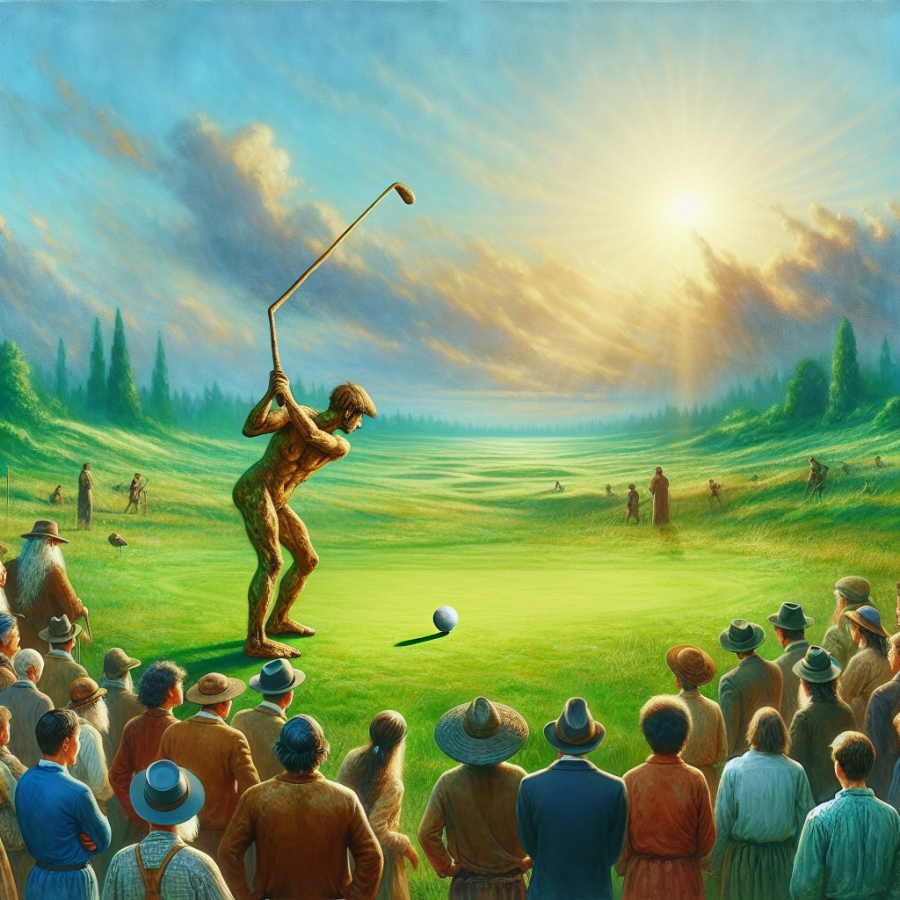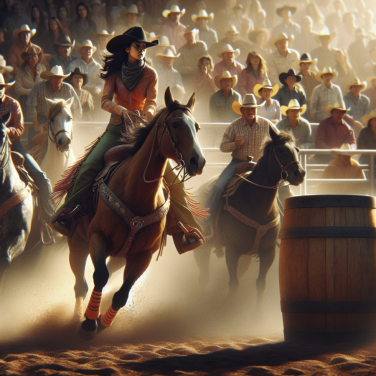From Scotland to the World: Evolution and Popularization of Golf
The origins of golf are deeply rooted in the rugged landscapes of Scotland, tracing back to the sport's mystic birth in the 15th century. While there have been several stick-and-ball games throughout history, the game of golf as we know it today is undoubtedly a Scottish invention. Records show, the game began to evolve in this region, with the primary differences from its initial version being refined rules, objectives, and equipment.
The game began as a pastime during the Middle Ages among the Scottish elite, utilizing a stick known as a club and a pebble as the ball. During these early stages, the newly developed game was a simple recreational activity, played sporadically across wide-open spaces without any fixed rules. However, as interest in the game grew among the nobility, some uniform standards and rules started to develop.
The early progression of the game led to its first iteration in 1744, known as the "Gentlemen Golfers of Leith." These gentlemen established the first known rules of the game and organized competitions. By the late 18th century, the creation of the first golf clubs and the St. Andrews Society of Golfers solidified the rules of the game and cemented Scotland as the home of golf.
From its origins in Scotland, the sport was gradually introduced to the rest of the United Kingdom and then to the wider world. Emigrants, traders, and soldiers carried the game to the far corners of the British Empire, first to India, then to the West Indies, and onto America. This exportation of the game worldwide is largely attributed to Scots themselves. Ordinary Scotsmen who had developed a passion for the game brought golf to the New World and established the first golf clubs abroad.
It was in the 19th century that the sport began to gain significant popularity in the United States. Scottish golf professionals started relocating to the U.S., bringing with them advanced playing techniques and improved equipment. The creation of more organized competitions and the formation of the United States Golf Association in 1894 also helped to popularize the sport and establish it as a professional game.
The 20th century saw an explosion in the sport's popularity worldwide. Technological advancements in club and ball design made the sport more accessible to common people. Crowds flocked to golf tournaments, and suddenly, golf was more than just a pastime for the elite.
Today, golf is an international sport enjoyed by millions of people worldwide.
Read also:
Innovative Flooring Solutions for Modern Homes
Unraveling the Mystery: Ancient Beginnings of Golf
For centuries, the rich history of golf has intrigued players and historians alike. The game's enduring appeal and popularity have often led to passionate debates about its origins. Amidst these discussions, significant historical evidence points towards the game's ancient beginnings.
Scottish influence is integrally tied with the invention of golf in the popular imagination. Indeed, the first documented evidence of golf played in Scotland dates back to the 15th century, when James II banned it as an unwelcome distraction from archery practice. However, scholars argue that similar games that may have inspired or evolved into golf existed long before this period.
Historical records suggest that the Romans played a game named “Paganica,” which involved hitting a stuffed leather ball with a bent stick. The ball utilized in Paganica was considerably larger than the modern golf ball, and the game often played a significant role in military training, instilling accuracy and precision in Roman soldiers.
In China, a similar game, called “Chuíwán,” was played as early as the 10th century during the Song Dynasty. Historical documents, paintings, and literature from the period illustrate emperors and members of the imperial court playing the game, which involved hitting a ball into a hole with a set of clubs. Chinese scholars speculate that this game might have traveled along the Silk Road, influencing the creation of golf in Scotland.
Additionally, the Dutch also had their equivalent in a game named “Kolf" played on ice during the winter. The game is known to have been as popular in the Dutch Republic in the 16th and 17th century. Early Dutch immigrants might have brought the game to Scotland.
One cannot dismiss these antecedents' potential influence on the development of golf. It is intriguing to consider how these ancient games, played in diverse civilizations separated by vast distances, share striking similarities with the modern game. It is conceivable that the ancient games of Paganica, Chuíwán, and Kolf all played a part in shaping golf's origins.
That being said, the modern rules of golf, including the 18-hole course, the standard club and ball specifications, were explicitly instituted in Scotland. Despite having potential antecedents, it was Scotland that gave us golf as we know it today.




